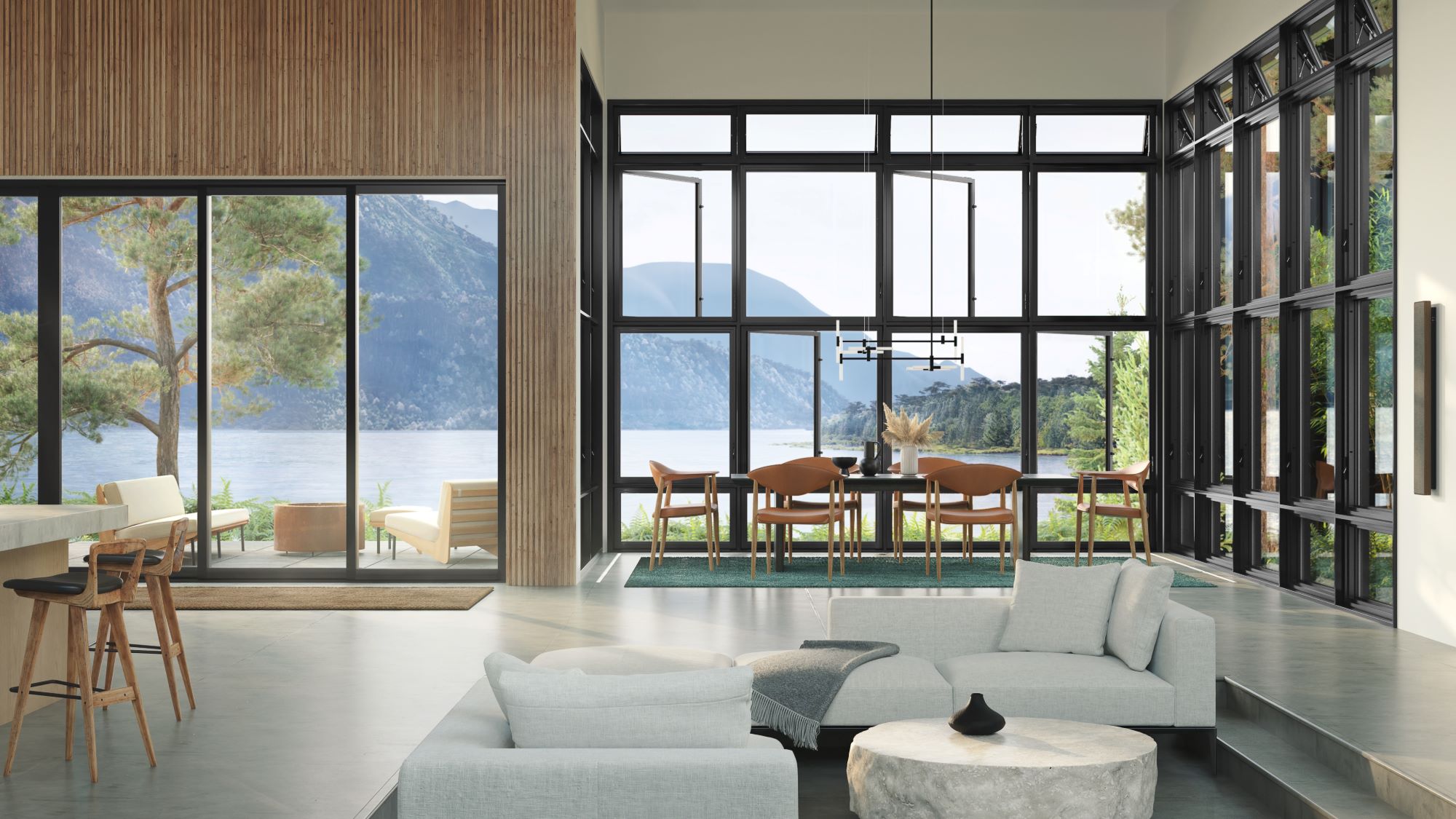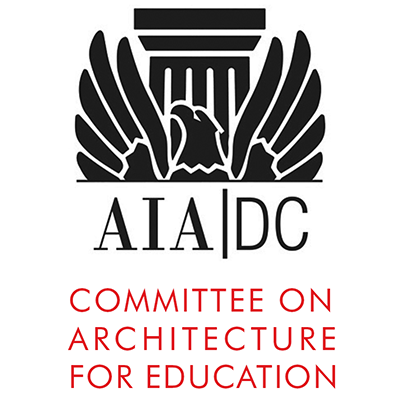Join the AIA NoVA CRAN Committee, the Tri-Chapter Custom Residential Architect Network and Marvin for a little learning, a little networking and whole lot of fun in Springfield, Va. The evening kicks off with a continuing education session focused on smart home integration and concludes with some beverages and snacks while getting to know other residential architects in the DMV.
The presentation will explore recent trends in automation in new home residential construction. We will look at the wide range of options available to the architect designing a “smart home,” and how these choices can impact the health, safety and well-being of occupants. Specifically, this presentation will dive into recent innovations in fenestration automation. Home automation can help increase security and safety of occupants by allowing homeowners total control over all points of access from anywhere, at any time.
Learning Objectives:
- Assess the current state of home automation/smart homes for residential construction and its history.
- Apply tenets of biophilic design of bringing in more air, light, and views into residential designs thru smart home technology.
- Explain current offering of home automation options featuring windows, doors, skylights; how to design and plan for home automation in custom residential design.
- Relate how can architects incorporate home automation into their early design process for an integrated solutions and how smart home integrators can support the design process (what they do, how they can help architect and compliment their work; practicalities of wiring, jamb depth, control panels)




